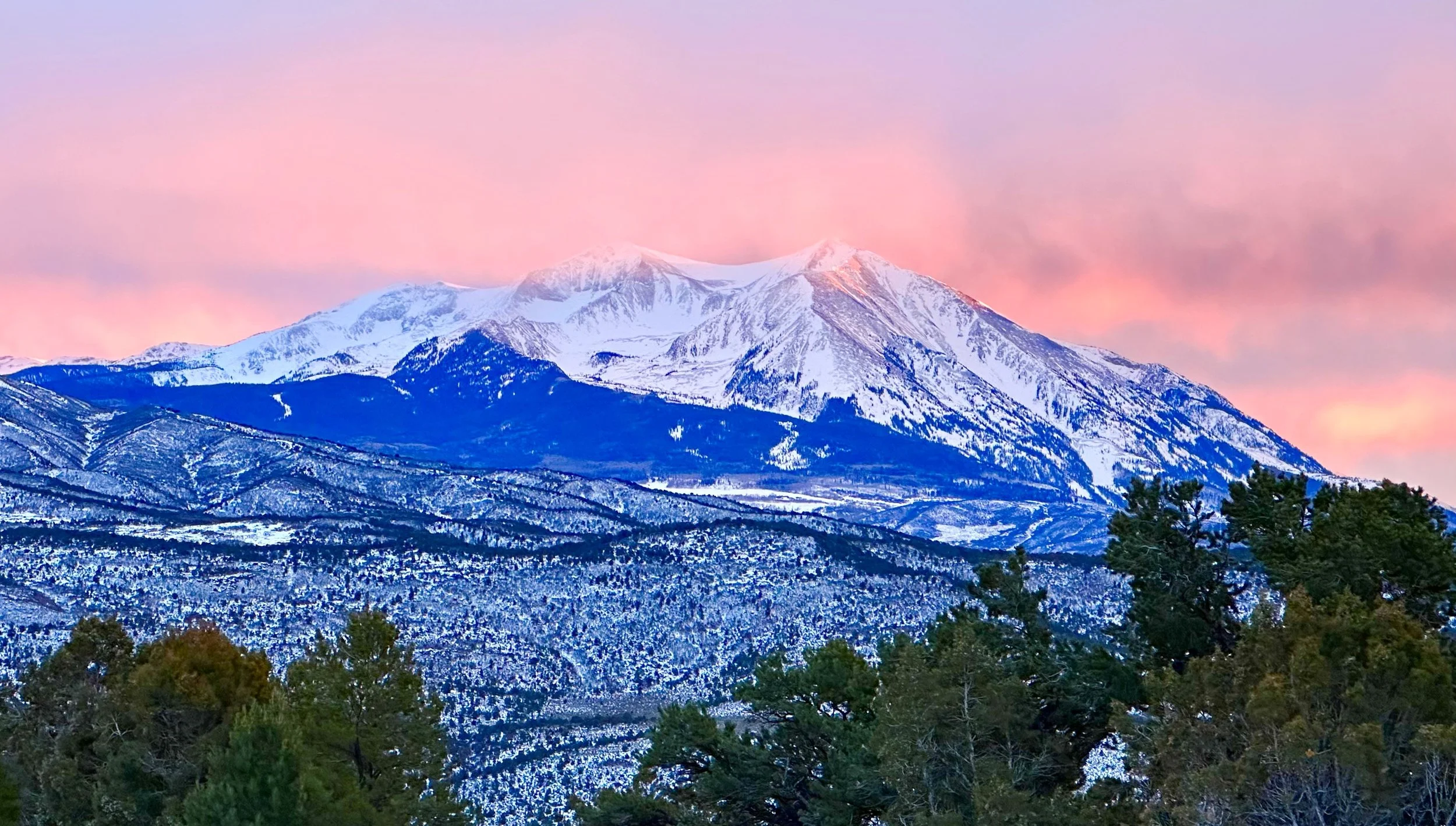October 1st of each year brings the start of a new water year in Colorado. The period October 1, 2024, through September 30, 2025, was one doozy of a water year. With initial snowpack numbers looking good in late February (in many basins, above-average), reservoir planners released water to make room for runoff. Then March, typically the biggest water content snow month in Colorado, came and went with little to no snow and warm temperatures. April was worse, bringing little precipitation, warm temperatures and wind.
Wind is snowpack’s enemy stripping the snow of water content and depositing dust on snow surfaces which darkens snow surfaces and accelerates snow loss. The term for it is albedo, which is the degree to which light is reflected off a surface…or why one doesn’t buy a black car in Arizona. May received some precipitation but the damage was already done. Colorado’s runoff was meek. June and July were abnormally hot, dry, and windy creating a dangerous wildfire season that saw over 218,000 acres burned.
Now we enter a new water year that commenced October 1st. The answer to the question of what this winter will bring depends on the source you look to. There are generally three commonly relied upon: 1) The National Weather Service, an agency within NOAA; 2) the Farmer’s Almanac, an annual periodical that dates back to 1818 giving advice to farmers, ranchers, sportsmen, and conservationists; and 3) the Wooly Bugs. That last one I threw in. While there is no scientific basis that the band color on a wooly bear caterpillar predicts the severity of a winter (if their bands are rusty expect a mild winter; if their bands tend to the black, a severe winter is forecast), I know a few ranchers that swear by them.
People in the west, and Colorado in particular, look at weather differently. Our existence and livelihoods depend on weather more than the average person (farmers excepted). Colorado births the major western rivers from the Platte, to the Arkansas, the Rio Grande and the Colorado. Winter snowpack feeds these rivers. Aspen, Colorado receives on average just over 300 inches of snow per year. Areas of Colorado have recorded over 600 inches. The picture above, shot from my home, portends a snowy winter. So, what is expected?
The National Weather Service three month model shows warmer and drier than normal conditions turning to normal winter conditions after the first of the year. The Farmer’s Almanac predicts a colder and snowier than average winter so the skiers, wildfire responders, and water managers must like that one. The caterpillar results aren’t fully in yet, but if I have first hand information from a person that’s friends with someone who knows a farmer, who saw one and the prediction is a snowy winter.
No matter what the outcome, let’s all remember that there is a difference between weather and climate. The weather can change day to day, month to month, and year to year. Climate is the long term average weather patterns over a 25+ year period.

